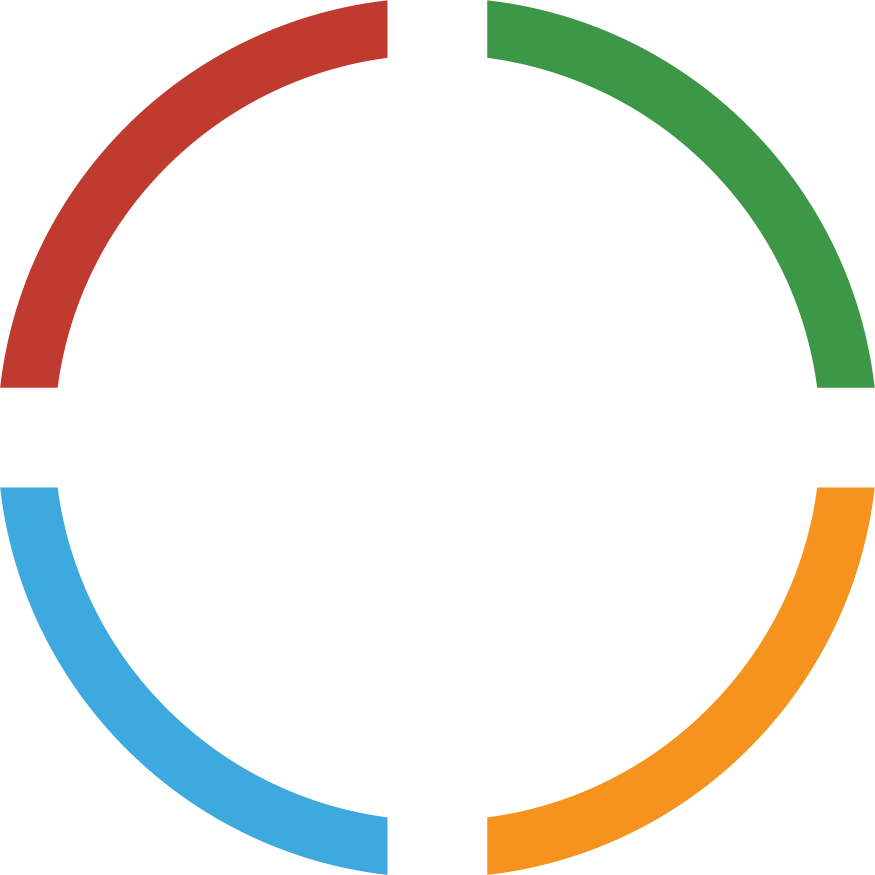Source: BioSA News, 20th July 2016
Dr Meera Verma updates us on medtech in South Australia and gives us a sneak peek of her vision for the future of this important South Australian sector.
Medtech is an amazing sector of which to be a part. For me, medtech conjures up images of life-changing prosthetics like those now worn by Gill Hicks, London bombing survivor and peace advocate. I imagine the more than 400,000 people of all ages, across more than 100 countries, who now hear because of a Cochlear implant. And I am grateful that the leading cause of irreversible blindness, glaucoma, can now be treated via laser therapy, administered by a specially designed microscope and performed in less than five minutes.
Innovations like these need to find their way from concept to the consumer. They need to be discovered in our universities, research organisations and companies and brought through the multifaceted process of bench research to commercially viable bedside treatment. It’s a complex market with a long value chain made up of many stakeholders and inputs. The ability to manage this complexity is what makes industries successful and why South Australia can thrive in this sector.
South Australia has extensive expertise in managing complexity through automotive and traditional manufacturing, which has led to the establishment of complex processes for the interaction of stakeholders along the entire value chain of suppliers, infrastructure, regulators and exporters. Although SA is now transitioning away from traditional manufacture, the state retains the ability to manage and capitalise on complexity and is now extending this capability to the medtech ecosystem which has established itself over the last 15 years or so.
Our economy is now in transformation at every level – building off our engineering and manufacturing capabilities and history. Our state’s capabilities in engineering, fabrication and design are turning the key for our medtech and bioscience research capabilities. We are beginning to see many new companies form and see a renewed innovation from companies that have existed in the state for several years already. The scene is set for high tech job creation, and the government at a state and federal level can’t stop talking about innovation!
Of course those of us in the sector have always understood that high tech innovations have the potential to lead and grow our economy. I have watched Ellex Medical Lasers Limited, a recognised world leader in the design and production of ophthalmic devices, grow out of this state’s strengths in laser technology. The company started in the mid-80s, and has gone on to be a major player internationally. Ellex is now recognised as the global leader in early to moderate glaucoma treatment intervention with significant global market share.
Another industry stalwart is Dynek – a manufacturer of sutures – who started manufacturing specialist sutures in Adelaide in the 1970s and is now exporting to over 85 countries around the globe.
For 25 years Austofix has been manufacturing state-of-the-art orthopaedic implants in Adelaide for export to the world.
Pipette Co, a company that manufactures micro pipettes used in IVF, now services a significant portion of the global fertility market and has recently been acquired by an international medical company.
Then there are the more recent success stories such as JCT working with Minda Inc and Disability SA to deliver its full internet protocol nurse call system to assist people with physical and intellectual disabilities to remain in their residence. Transitioning themselves from traditional compounding pharmacies is GD Pharma – providing a nasal spray for high potency pain relief drugs – and CPIE – a producer of an infusion pump for delivering cancer therapies safely in the home.
Importantly, our state’s strengths are supported by medtech-specific government programs including the Medical Device Partnering Program, MedDev SA Alliance, Health Industries SA, Tonsley Park and BioSA. But it is the innovators, entrepreneurs, researchers and STEM students that will make the SA sector a significant player.
Don’t be surprised when, in 10 to 15 years’ time, you find yourself in the middle of the thriving high tech hub that is South Australia.
Imagine the future: there will be a buzz in the air as you exit the tram on North Terrace at the Adelaide BioMed Precinct where SAHMRI will have attracted a world-renowned cancer researcher and her team due to the support that the sector has in SA.
Whilst marvelling at the thought that your daughter has just commenced her studies in biomedical engineering, you jump on a bike and pedal to the Thebarton Technology Precinct just 2 kilometres down the road for your next appointment at a start-up medtech company who, on that day, will be announcing a successful round of capital raising on the back of demonstrating proof-of-concept with the support of a government grant.
You stop off for a latte at one of the many bohemian cafes en-route. You then park your bike outside of multi-national company Pfizer and stroll through the bustling precinct to one of the five facilities in the area – the Innovation Hub – where over 200 people are busily working on the next breakthroughs in health, medicine and environmental technologies. You pass a nervous-looking interviewee outside a CEO’s office and mentally wish him good luck – he may be about to join a forever expanding high tech workforce.
Taking the stairs to the second floor you find yourself on the landing and catch a glimpse of a curious-looking group of entrepreneurs jostling around their latest device prototype and arguing over its extended capacity to handle patient data.
In a final thought before opening the door for your appointment, you reflect that it’s amazing how a state who takes charge of its destiny can leverage its capabilities, people and lifestyle to create such a thriving sector.
